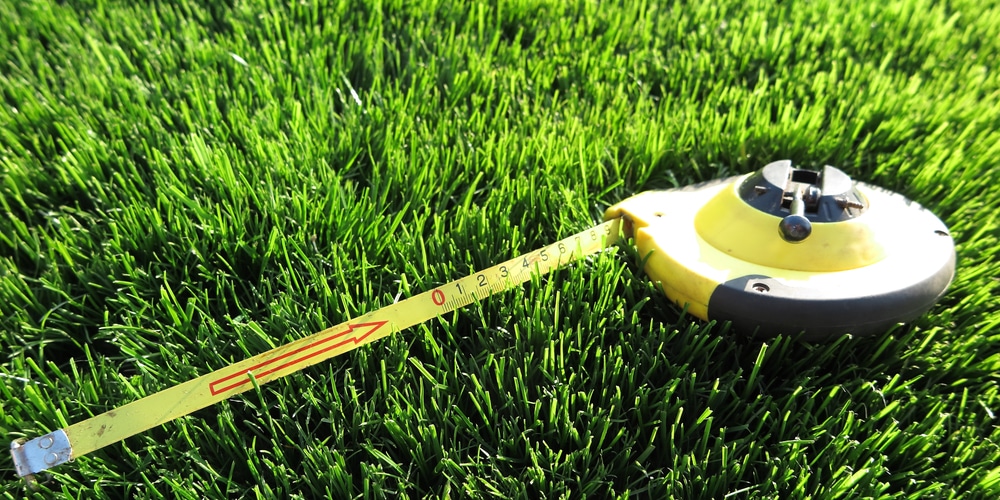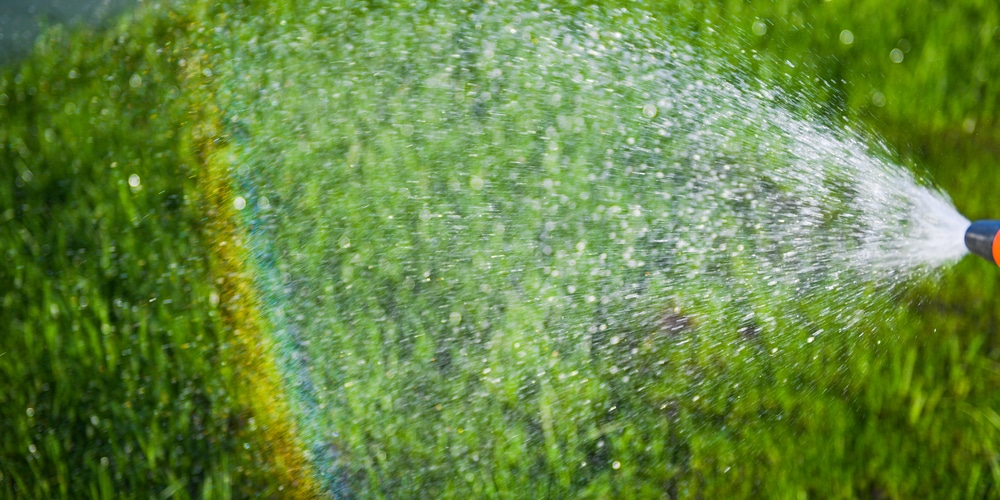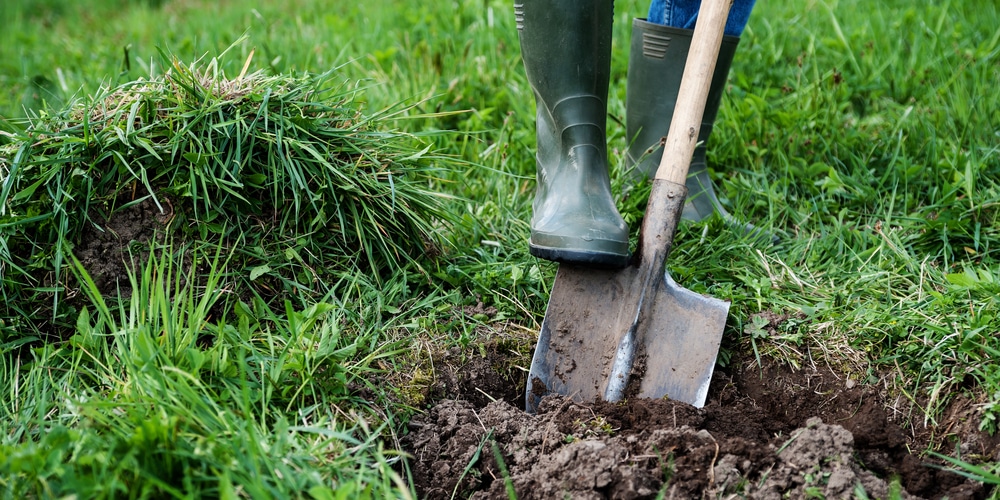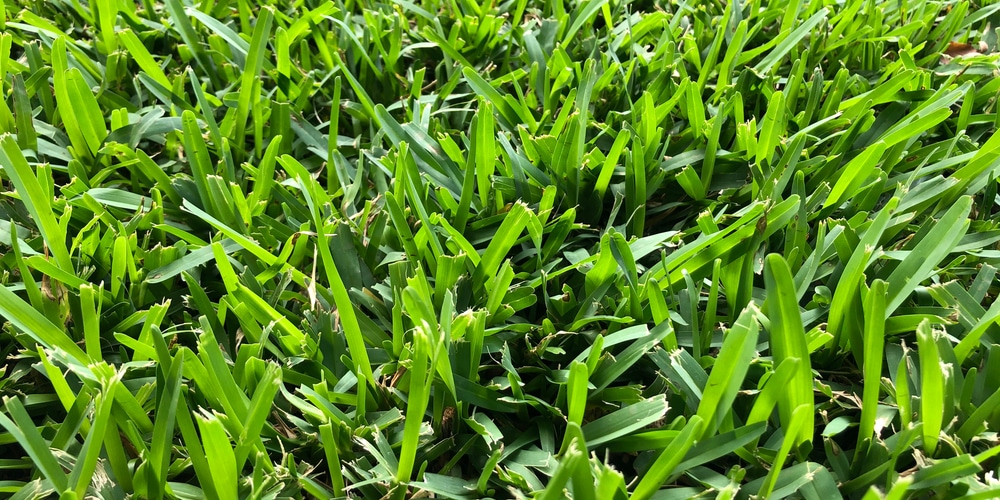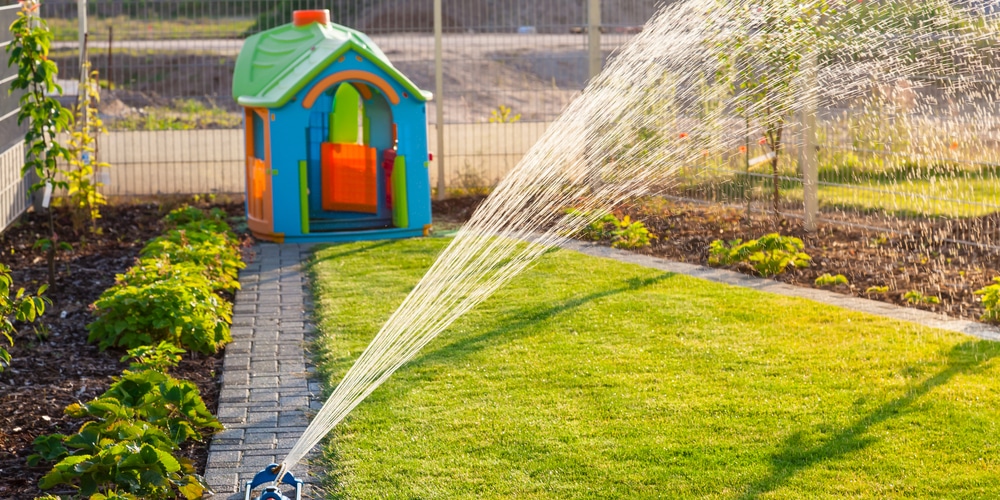St. Augustine is a popular lawn grass common in Florida and other states in the south of the U.S. Its ability to withstand humidity, salt, and heat make it ideal for subtropical humid and coastal regions. Typically, this blue-green grass is known for forming a dense turf that establishes quickly than most lawn grasses.
Typically, an easy way to plant St. Augustine grass on your laws is by using plugs of established grass. The plugs, or rooted pieces of sod, will gradually grow and fill in the spaces between them, helping you achieve a full, beautiful lawn. (You can also buy St. Augustine sod, but that can be a bit expensive.) Here’s how to plant St Augustine Grass Plugs:
1. Measure Your Lawn
Take measurements of your lawn to determine the number of St. Augustine grass plugs you’ll need. You can achieve this by drawing a sketch map of your planting area on paper and adding all the dimensions. Use those details to calculate the correct spacing. If you can’t do that on your own, contact your landscaping supplier for assistance.
Spacing is crucial because it determines the time your grass takes to fill your lawn. In other words, if your plugs are close enough to each other, the grass will take a shorter time to cover your lawn completely.
2. Prepare the Planting Area
Take the time to prepare your soil and eliminate anything that might kill your plugs and hinder the grass from spreading as quickly as it should. You can replace your current lawn and get rid of the old sod and other vegetation. This can be done by applying an all-vegetation herbicide to kill the existing grass and weeds about two weeks before planting.
Next, use a tiller to break up your compacted soil or a garden rake if it’s loose. Rake any plant remnant and dead thatch from the planting area. Also, examine the area’s drainage and fix any problems to prevent water from standing in your yard.
3. Conduct a Soil Test
Like with any other crop, a soil test is important before planting your St. Augustine grass plugs. Scoop a soil sample from the area and take it to an extension agent for analysis. The agent will advise you on what amount and type of fertilizer and pH boost your grass needs. Having the correct pH and nutrients in your soil will make your grass grow properly and faster.
However, applying too much fertilizer will cause the grass to grow extra full and lush, which looks great, but leave your grass open to attack from pests.
4. Water the Planting Area
Once you get the go-ahead from your extension agent, water the area and ensure the water doesn’t remain on the surface but soaks in the soil. Watering your lawn before planting provides moisture to the roots of your grass plugs and boosts their growth.
I’m not working with hire writers a lot these day, I only take special requests from fav clients. If you need to contact me direct, use Emily sky kizy at gmail. com
5. Dig the hole
Using a shovel or garden trowel, dig your holes diagonally to form a diamond pattern with every four holes. The holes have to be larger than your grass plugs to make planting easier and ease growth.
Regarding depth, that will vary depending on the size of your grass plugs roots, but they usually range from two to four inches deep. Also, remember to adhere to the recommended spacing when digging the holes.
At this point, you can add a little fertilizer to your holes while conforming to your extension agent’s advice. This application helps to put the fertilizer and the roots in direct contact when you finally plant the plugs. You can improve your soil pH too at this stage.
6. Plant Your Grass Plugs
Place the plugs into the holes and ensure they’re leveled with the ground. If the holes happen to be deeper than they should be, fill the unwanted space with nutrient-rich soil.
After that, cover the roots only and leave the crowns above ground. That’s because the crowns can easily rot or become prone to insects and diseases when they’re buried deep in the ground.
7. Continue Watering Your Grass Plugs
Water the plugs at least three times a day until your grass is firm in the ground and start spreading. Ordinarily, it takes between one and two weeks for the St. Augustine grassroots to establish properly. Be careful not to use excess water, which can end up creating a pool in your yard and suffocating your grass.
After your grass flourishes, water your lawn weekly to enable the roots to extend deeper into the ground.
When is the Best Time to Plant St. Augustine Grass?
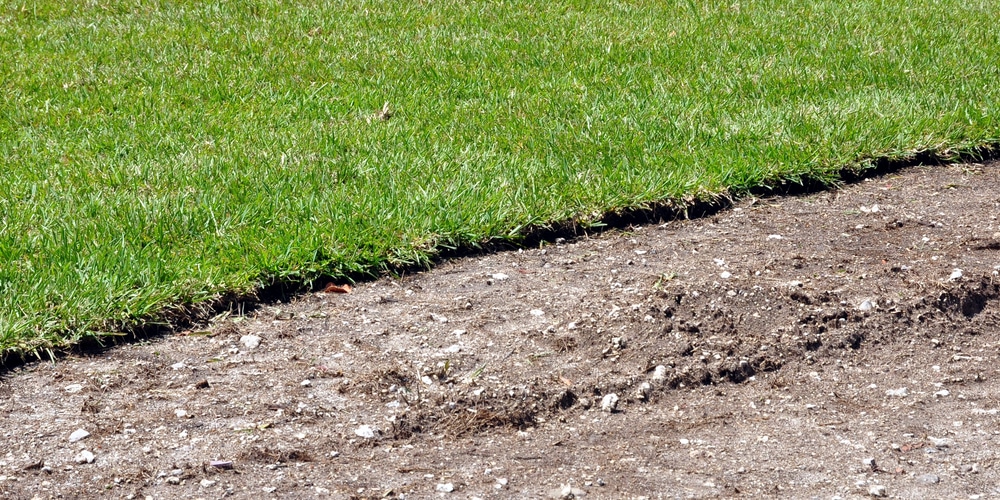
Not that you know how to plant St Augustine grass plugs, you need to know WHEN to plant them.
It’ll be best if you plant your plugs at least three months before your region’s first winter frost. St. Augustine grass does well during the summer and spring seasons when temperatures range from around 80 °F to 100 °F. Doing this gives your grass sufficient time to establish in your lawn before the cold season begins.
St. Augustine Grass Lawn Maintenance
Once the blades of your St. Augustine grass reach a height that can be mowed, use a mower to cut your grass at two inches for a start. When the lawn grows to over 3.5 inches tall, cut one-third of that height and collect the trimmings. As you continue to mow your lawn, you can start to reduce the cutting height gradually. However, be cautious not to uproot the sod.
In the process of establishing, your St. Augustine grass will need extra care. Both the turf and roots are vulnerable to bugs and diseases. If you spot the formation of mildew or brown spots, apply an insecticide right away to get rid of bugs and improve the growth of your grass. If you need further assistance, call your extension agent for appropriate treatment.
What Can Make St. Augustine Grass Turn Yellow
You may notice your lawn changing colour from blue-green to yellow. That could be due to two main reasons. If your area receives sufficient rain rainfall, the nitrogen in your soil could be less than required. The iron level in the grass could also be deficient. As such, apply a fertilizer that’s rich in nitrogen and iron.
The Takeaway
St. Augustine grass is a great option for homeowners living in sunny and bright areas, specifically in Florida. This grass is pretty easy to maintain and establishes fast. With correct timing, appropriate soil preparation, and adequate care, the grass plugs will spread and fill your yard nicely.
We hope this guide on how to plant St Augustine grass plugs was helpful to you.
